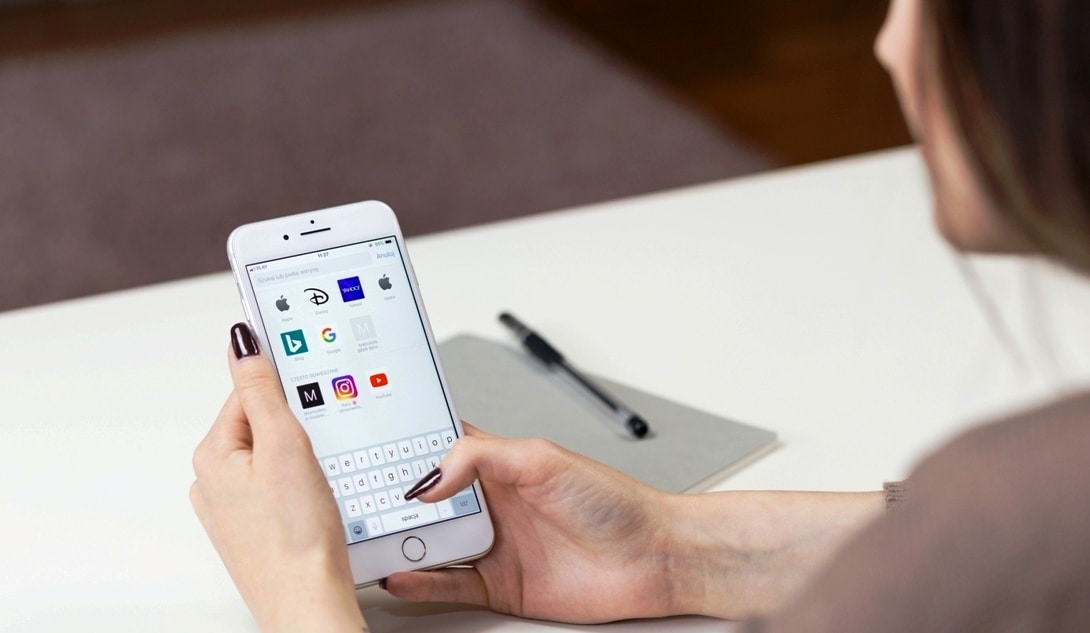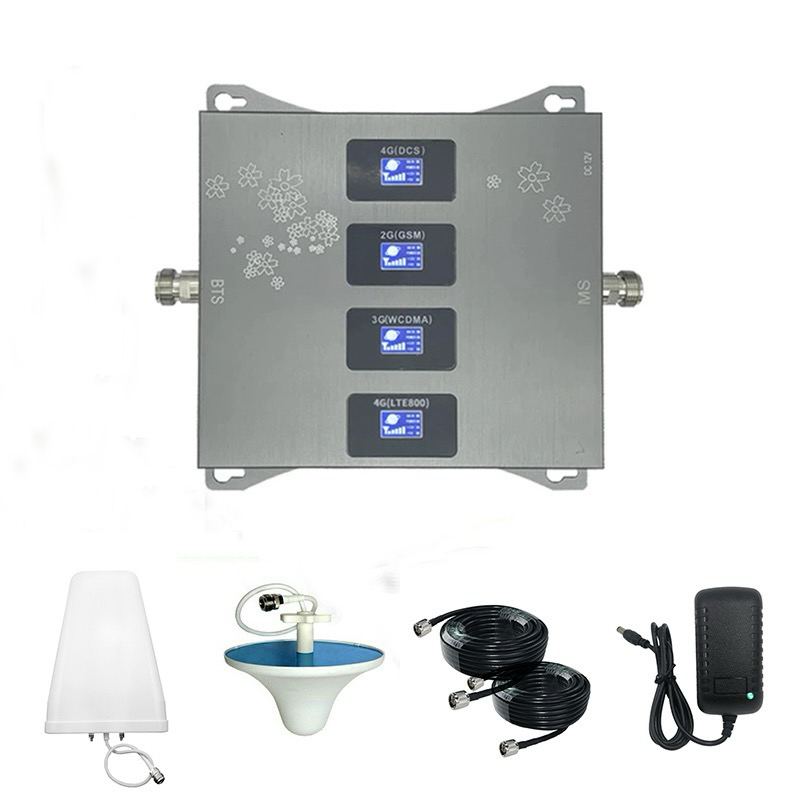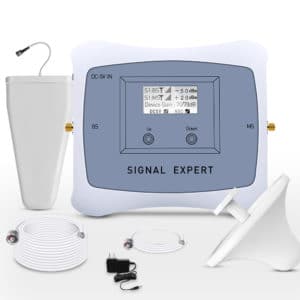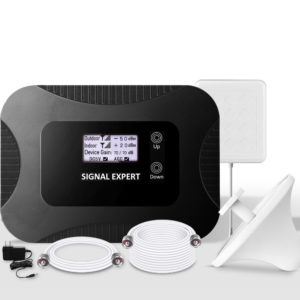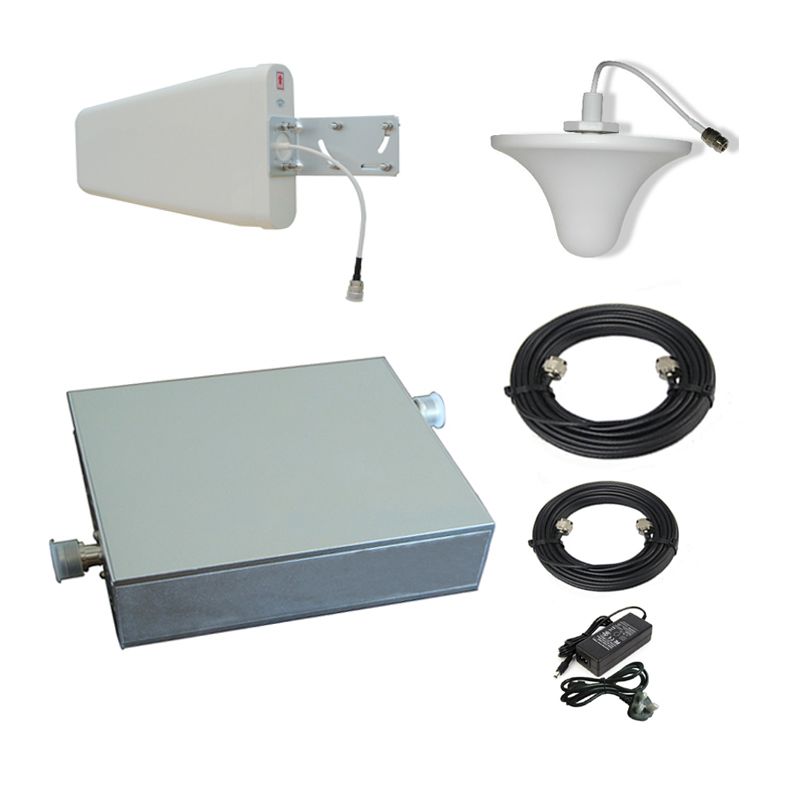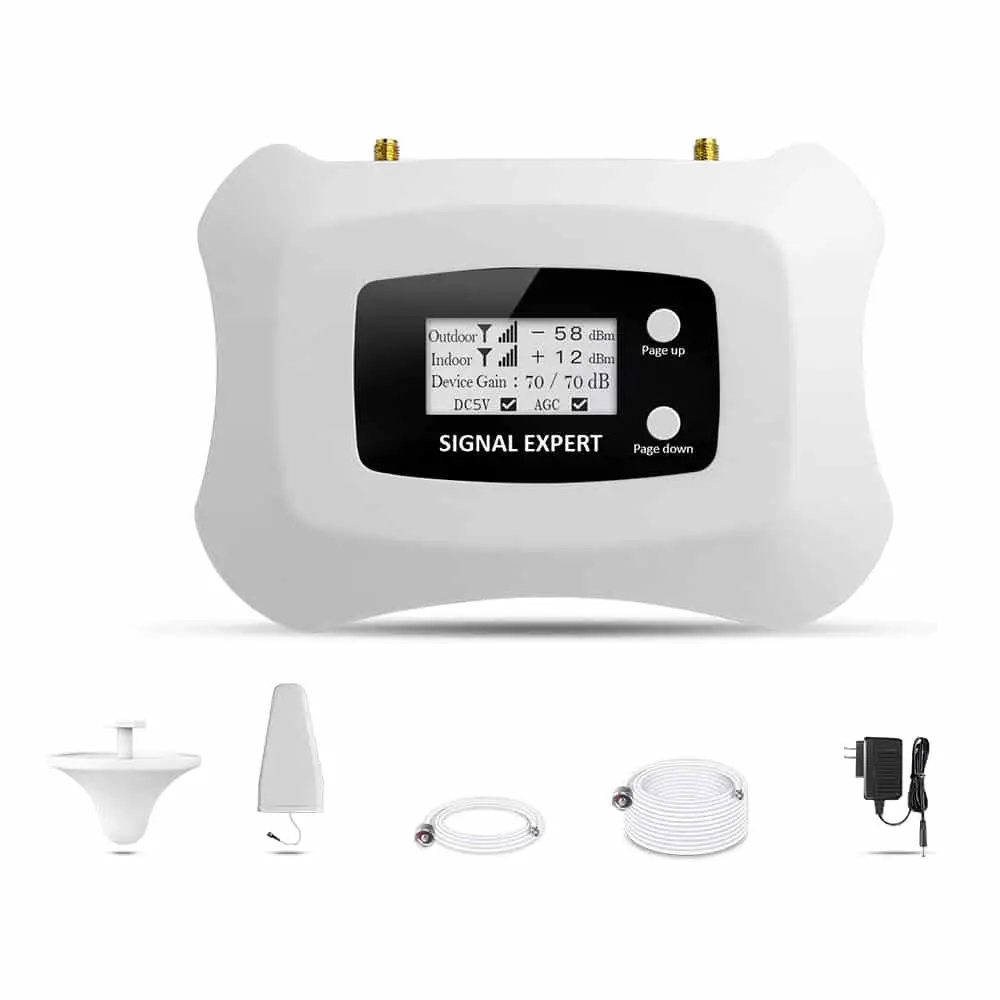Three Features of Cell Phone Signal Boosters You Need to Know
There are hundreds of mobile signal boosters available in the market but there are certain features of Cell Phone Signal Boosters that make them unique. People who want to buy a cell phone signal booster for using them in their house or office should know about these features.
Wireless mobile Internet and cellular communication enable us to remain available anytime and anywhere. They help us stream online videos, play games, talk to friends and family, and so on. Wireless data transfer, flexibility, and convenience are the boons we can’t imagine our lives without.
Sadly, cellular networks don’t always keep up with our needs. Therefore, in small towns and vast areas between them, there are plenty of dead and black spots. Oftentimes, the service is ok when we are outdoors but once we go inside, incoming and outgoing calls become problematic due to poor reception.
Meanwhile, around 80% of calls we make indoors so this is not a problem we can ignore. Luckily, there are devices designed to improve the strength of the signal. As well as these devices help improve the overall experience with wireless communications.
Cell phone signal boosters draw radio waves from base stations, amplify them, and propagate signals inside a building.
Cell Phone Repeaters
Out of all types of devices to enhance cellular reception, mobile signal boosters (also known as amplifiers and repeaters) are the most powerful and versatile. Thanks to an amplifier combined with outdoor and indoor antennas, you can achieve the best gain and coverage.
Signal repeaters vary in supported bands and frequencies, dB gain, and output powers. Simple kits will do nicely for apartments, small offices, houses, and cabins.
Devices featuring increased gain and power output lend themselves well for shopping centers, production sites, hotels, restaurants, public places, etc.
dB Gain
One of the most important features of cellular repeaters is gain. Normally, these devices offer the gain within +50 … +90 dB. Gain increases exponentially, so the difference between +50 dB and + 60 dB is huge. In fact, every +10 dB provides 10 times stronger signals.
The farther you are away from a cell site, the more gain you will require. Let’s say, if the nearest tower is 5 km from your house, you will need a repeater featuring at least +65 dB.
If you live 15 km away from a base station, you can’t do without at least +75 dB and a good outdoor antenna. Inexpensive cell phone signal boosters provide a constant gain while middle and premium class devices can be adjusted manually.
Output Power
Another important feature you need to consider when purchasing a cellular repeater is its output power. The higher this indicator is, the larger the coverage area. With a repeater of 50 mW and an average indoor antenna, the coverage area is about 100 m2.
If your repeater generates 200 mW and it comes with a high-quality distributed antenna, the coverage area increases up to 400 m2 (4300 sq. ft). Commercial signal booster kits are able to broadcast signals within 1000-5000 m2 buildings but they normally consist of several indoor antennas and a powerful smart amplifier.
Manufacturers always indicate the maximum coverage but the actual value may significantly differ from the declared. The quality of the initial signal and a layout of a building (especially if there are many brick and concrete walls) largely affect coverage.
Bands and Frequencies
Every wireless telecom company utilizes specific bands and frequencies for its 3G, 4G, and 5G networks. Therefore, you need to look closely at the frequencies a cell phone booster supports.
If your carrier transmits the frequency of 700/1800 MHz but your booster can receive only 850/900/2100 MHz, it won’t work whatsoever. Repeaters that support only one band/frequency are called carrier-specific.
They are relatively cheap and normally provide better gain than versatile devices.
If a signal booster supports various bands, 3G and 4G networks, and works with more than one carrier, it is called multi-band. Although the devices of this type are more expensive, they provide a few essential benefits:
- they will work across all the networks common in your area;
- they support multiple users;
- if the 4G network fails, they will automatically switch to 3G.
Summary
Summing up, supported frequencies, coverage area, and dB gain are three main features of cell phone signal boosters. These features of cell phone signal boosters should be kept in mind while buying a cell phone signal booster. If you make your choice wisely, you will never experience dropped calls or intermittent internet connection ever again.
